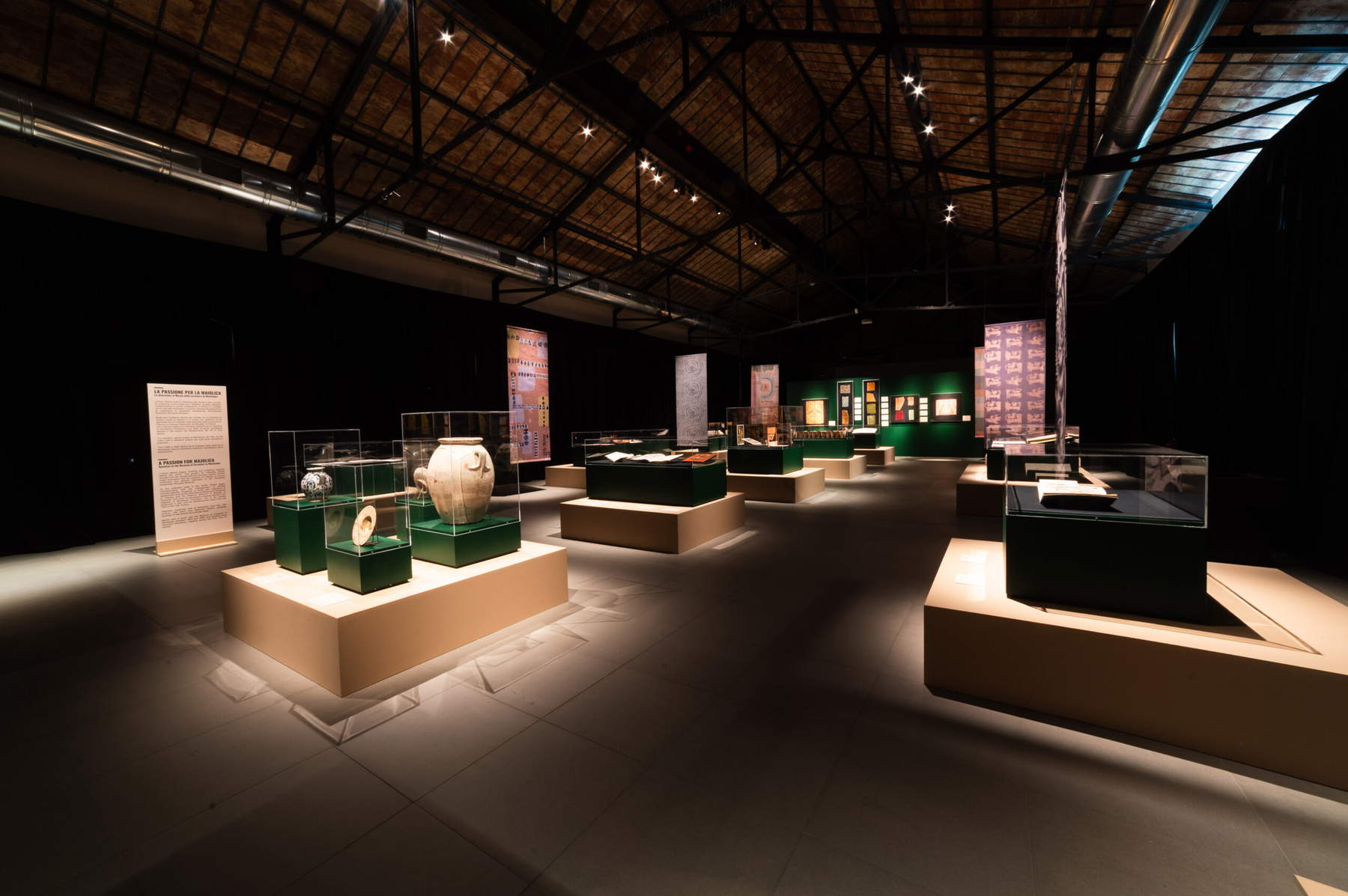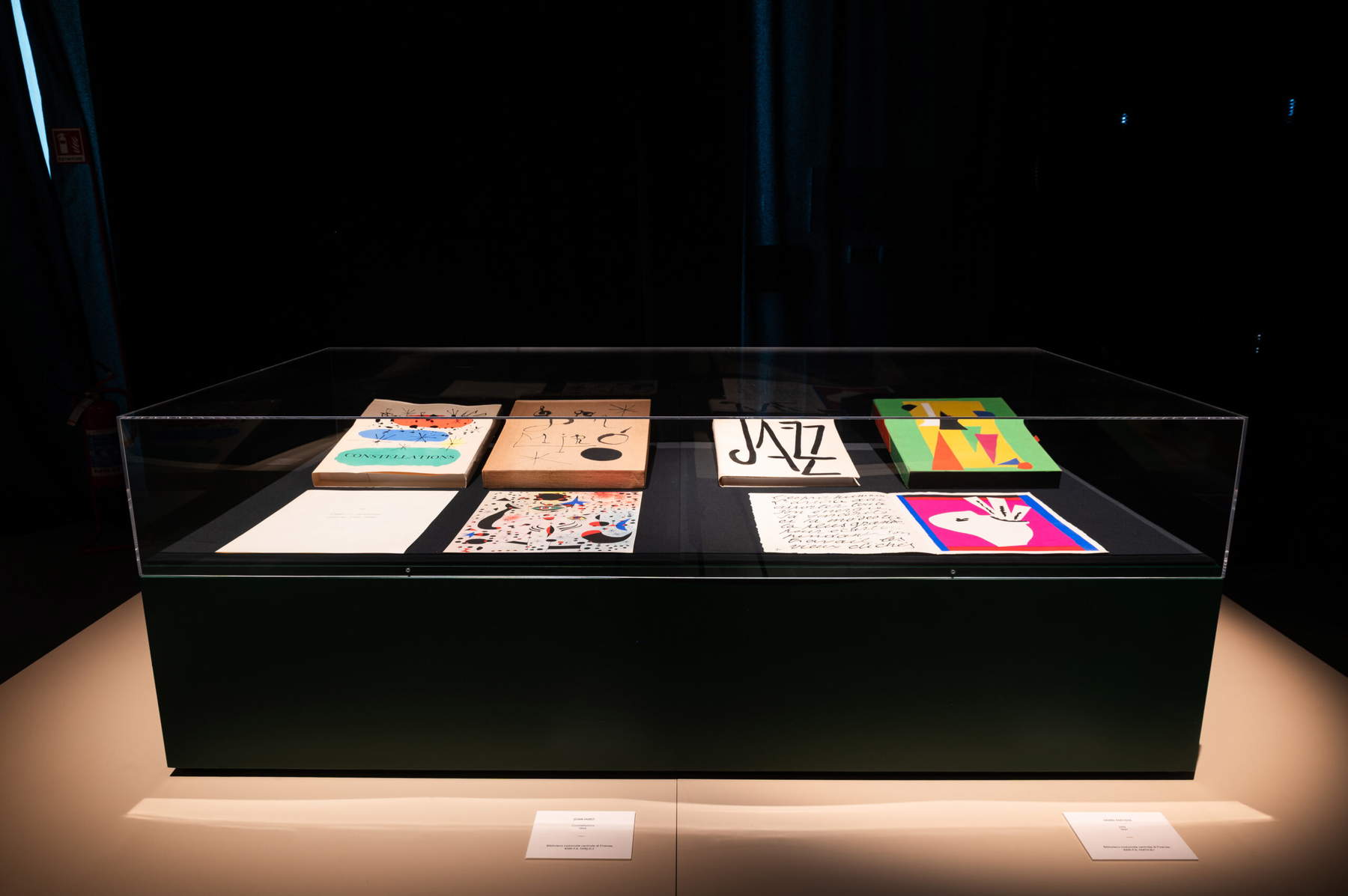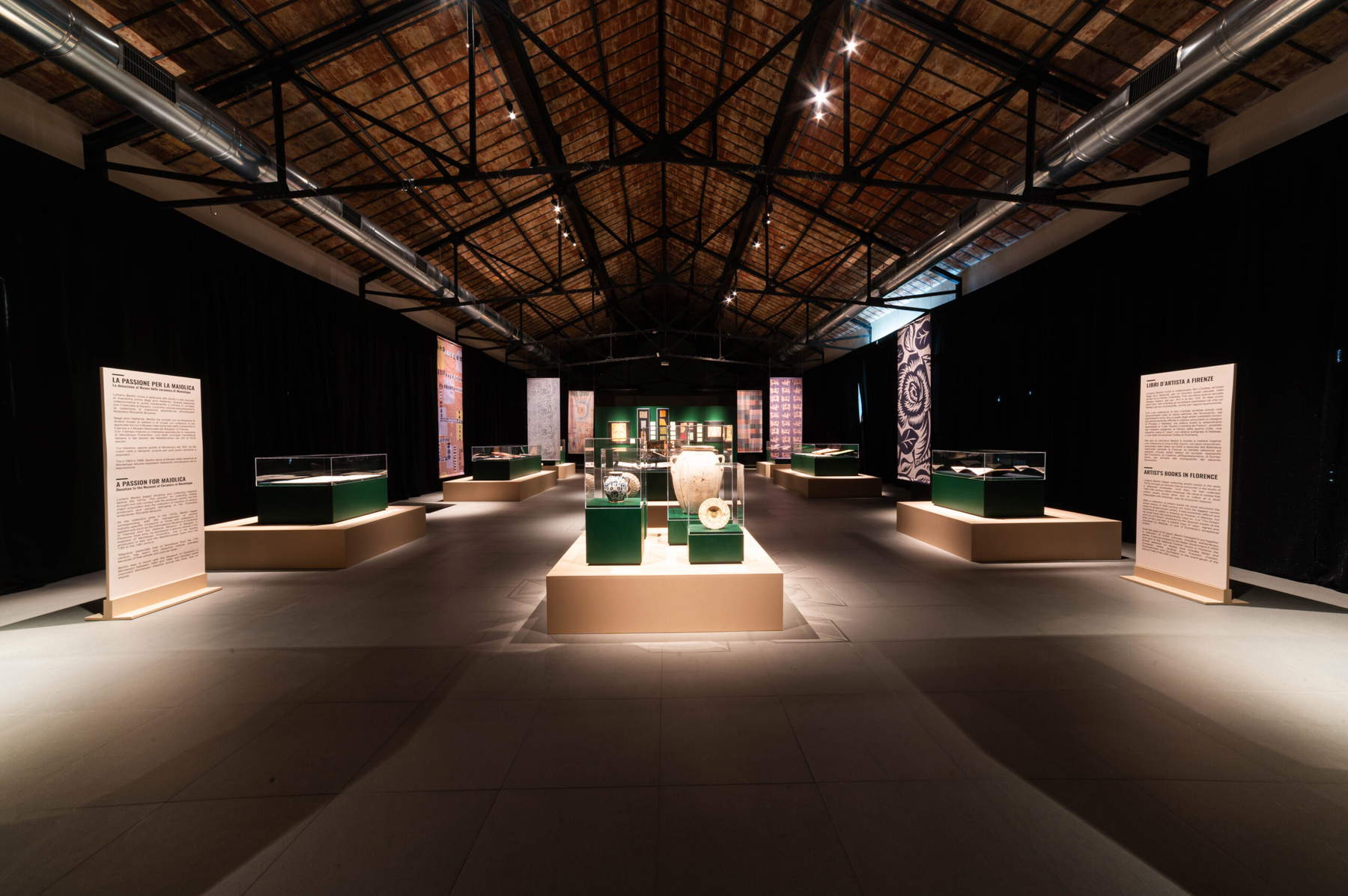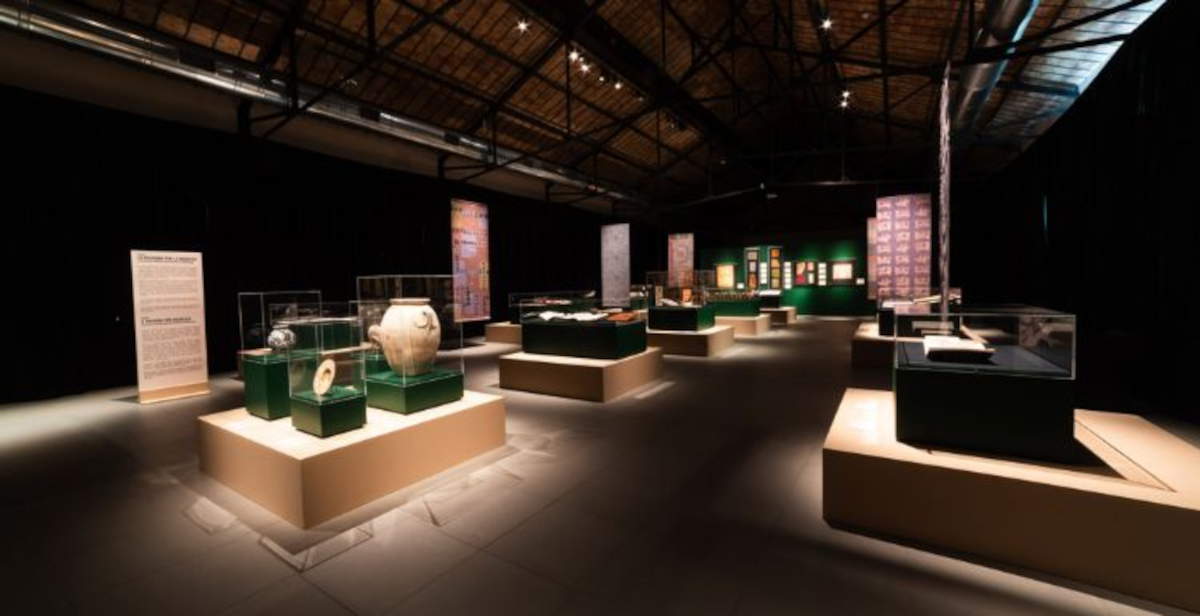From July 3 to Sept. 21, 2025, the Prato Textile Museum will dedicate an exhibition to Loriano Bertini (Prato, 1930 - 2019), a central figure in the birth of the city’s museum institution. The exhibition, titled I Am What I Donated. Loriano Bertini collector, aims to reconstruct the entrepreneur’s collecting interests through a selection of textiles, Renaissance majolica and 20th-century artist’s books.
The exhibition is part of the celebration of the fiftieth anniversary of the founding of the Museum, which took place in 1975 thanks precisely to Bertini’s donation of more than six hundred antique textiles. The donated collection comprised a heterogeneous corpus of high historical value, with Italian velvets dating from the fifteenth to the eighteenth centuries, figured textiles from the liturgical sphere, embroideries, fabrics of Ottoman production dating from the sixteenth and seventeenth centuries, damasks, brocatelle and lampas.
The initiative was created in collaboration with the National Central Library of Florence, which preserves part of the library holdings donated by Bertini to the state. In addition to the link between the collector and Prato, the exhibition extends the gaze to other areas of his collecting, with the aim of returning the profile of a man who contributed to the construction and dissemination of Italy’s public cultural heritage, without seeking visibility.

Shy toward public recognition, Bertini used to paraphrase a D’Annunzio maxim, declaring “I am what I donated,” an expression that reflects a disinterested view of collecting. Indeed, his figure is distinguished by the rigor and consistency of the collection, built according to criteria of quality and rarity.
The exhibition itinerary, set up within the Museum’s spaces, is divided into several sections. One of them is dedicated to textiles and presents fragments of velvets of Florentine, Venetian and Genoese manufacture, lampas, brocatelle and two rare volumes with pages entirely in silk jacquard fabric. These are the Prayer Book made by J. A. Henry and presented at the 1889 Universal Exhibition in Paris, where it won the Grand Prix, and La Marseillaise, published by the Lyon firm Chatel & Tassinari, which translates the French national anthem into a textile score.
Another relevant core of the exhibition is Renaissance majolica, which documents one of Bertini’s earliest interests. As early as the 1960s, the entrepreneur had begun collecting and studying ceramics, particularly specimens of Montelupese production. On display are four objects from the Museum of Ceramics in Montelupo, to which they had previously been donated: an orciolo, a bowl, a crespina, and an orcio, datable between the 16th and 17th centuries.

Also of note is the section devoted to 20th-century artist’s books, another area in which Bertini distinguished himself as a collector. Between the early 1970s and 2000 he collected about 4,500 volumes, including art editions and books illustrated by international artists. The entire collection was acquired in 2000 by the Ministry of Cultural Heritage and Activities and is now kept at the National Central Library in Florence, constituting one of the most significant collections in the field.
For the first time some of the volumes will be on public display in Prato. The selection includes 22 Italian and European artists’ books, ranging from Marinetti’s Futurism to the protagonists of twentieth-century art, such as Picasso, Matisse, Mirò, Dali, Duchamp, Capogrossi, Fontana and Isgrò. The exhibition highlights Bertini’s interest in the relationship between word, image and editorial graphics, in a field where the quality of the artistic project is combined with that of the book object.
Loriano Bertini’s commitment to making his collections public is also reflected in the amount of donations made during his lifetime. In addition to the Museo del Tessuto, recipients of his collections have included the Gabinetto Disegni e Stampe degli Uffizi, the Museo di Palazzo Davanzati, the Museo del Bargello, the Museo Internazionale delle Ceramiche in Faenza, and, indeed, the National Central Library in Florence.

On the occasion of the exhibition, the Museo del Tessuto has decided to name the room that houses the permanent exhibition of its historical heritage after Loriano Bertini, which from July 2025 will officially take the name Sala dei Tessuti Antichi Loriano Bertini. This is a gesture aimed at fixing in time the memory of a collector who was instrumental in the birth and development of the museum.
A catalog of the exhibition, edited by David Speranzi and produced by the National Central Library of Florence, is also available. The volume is available free of charge in digital format at:https://bncf.cultura.gov.it/categoria_pubblicazioni/cataloghi-di-mostre/.
 |
| Prato celebrates Loriano Bertini, entrepreneur and collector who made possible the creation of the Textile Museum |
Warning: the translation into English of the original Italian article was created using automatic tools. We undertake to review all articles, but we do not guarantee the total absence of inaccuracies in the translation due to the program. You can find the original by clicking on the ITA button. If you find any mistake,please contact us.